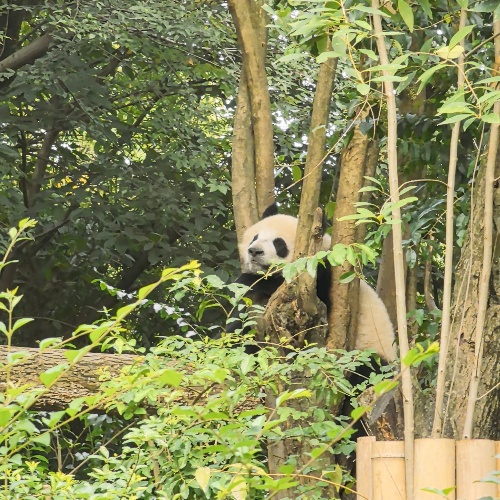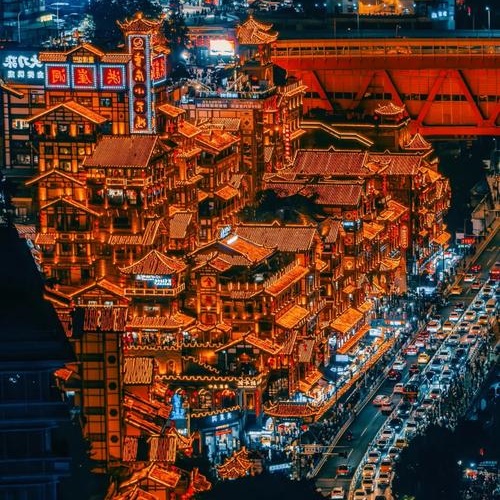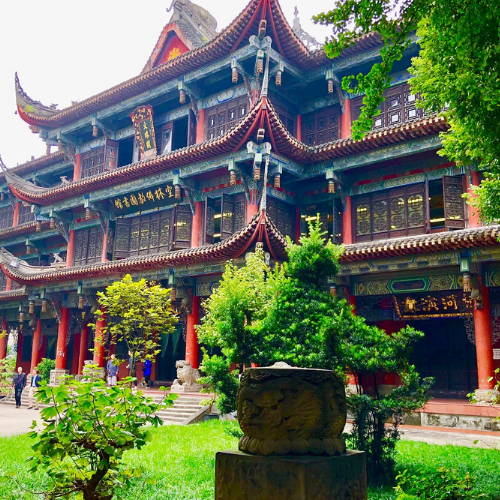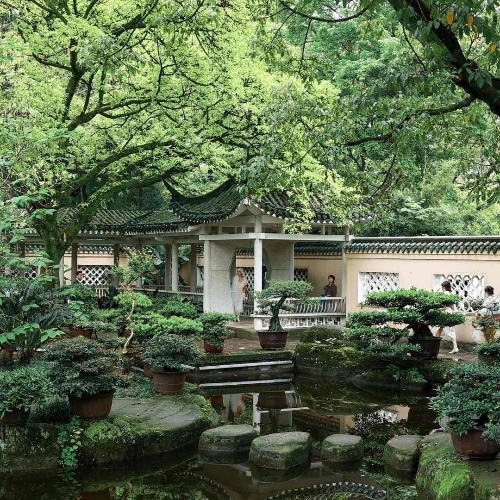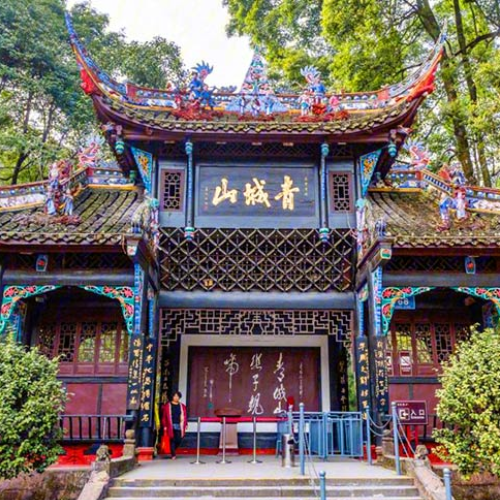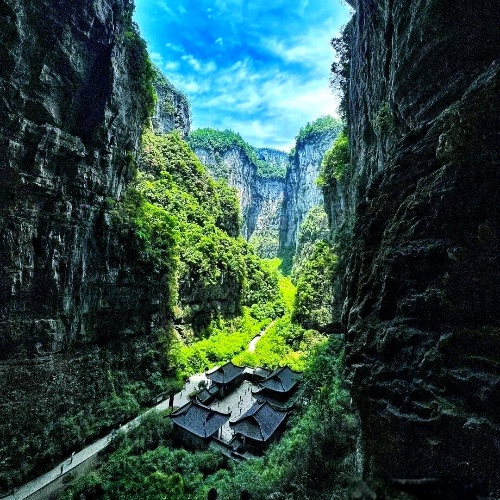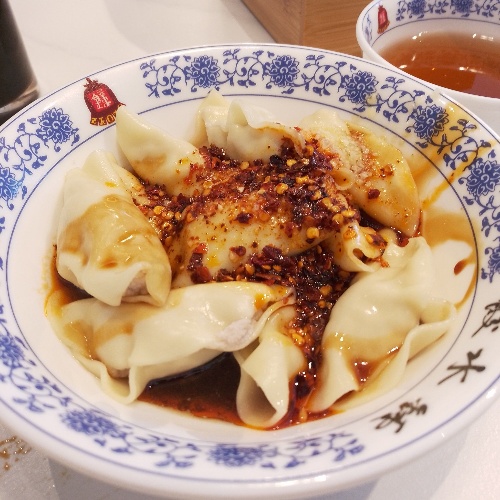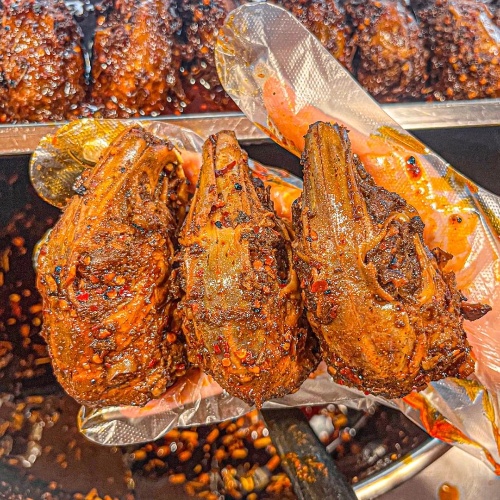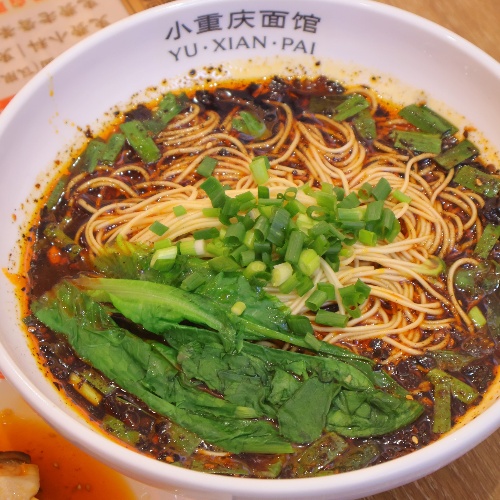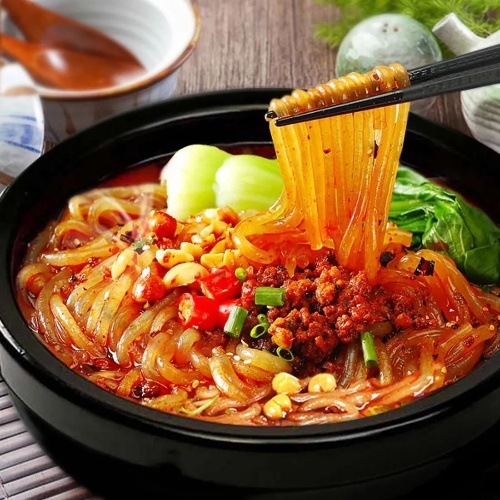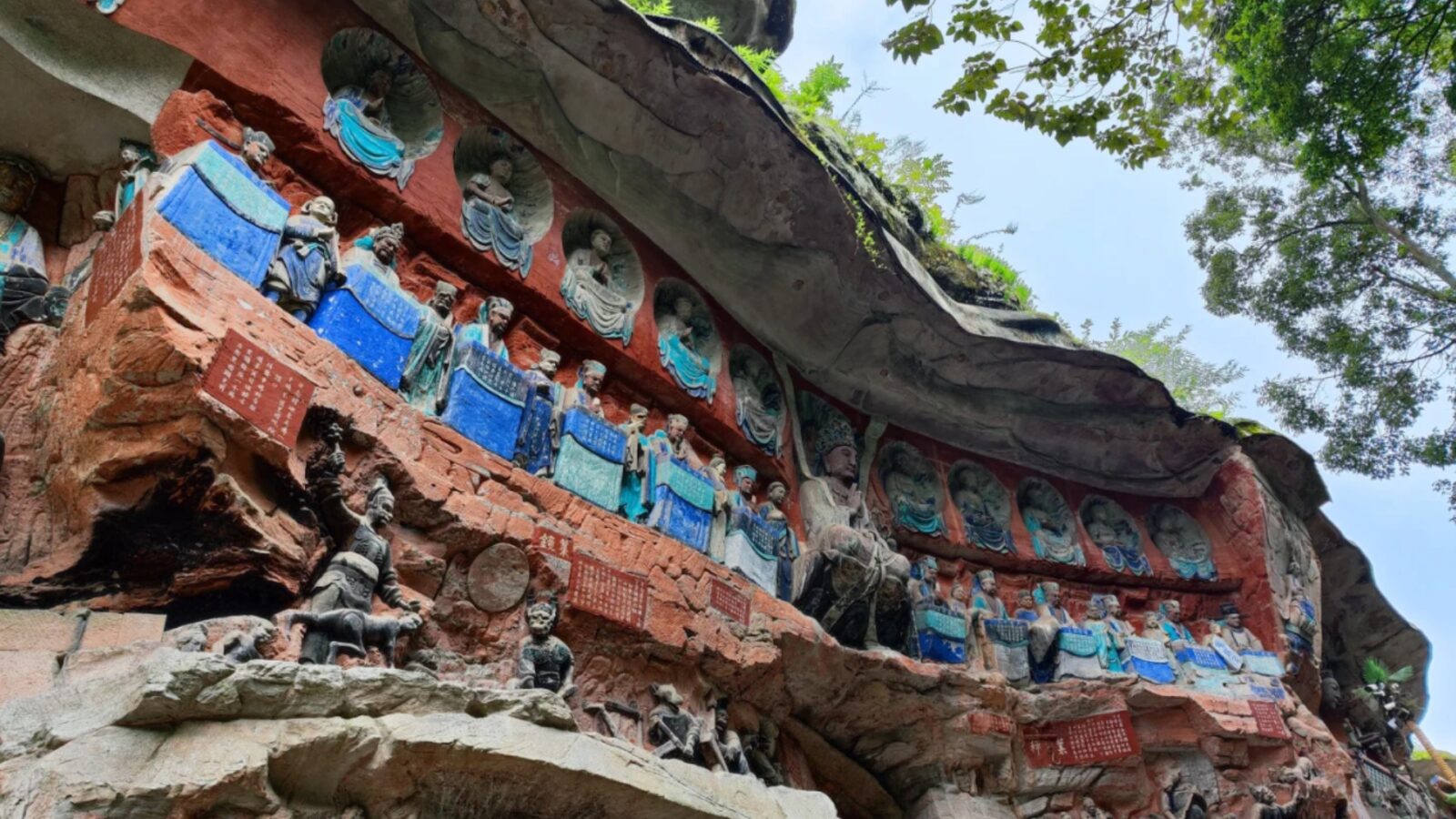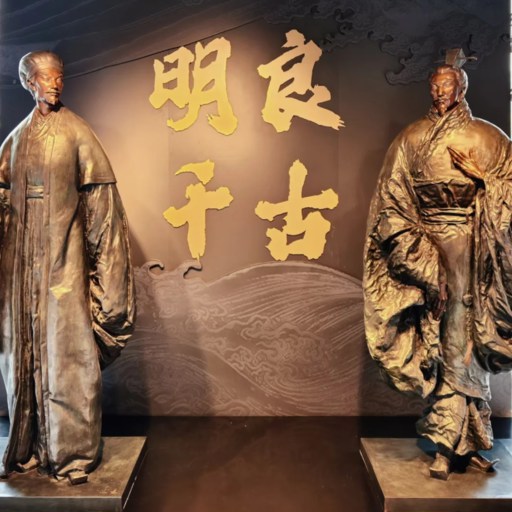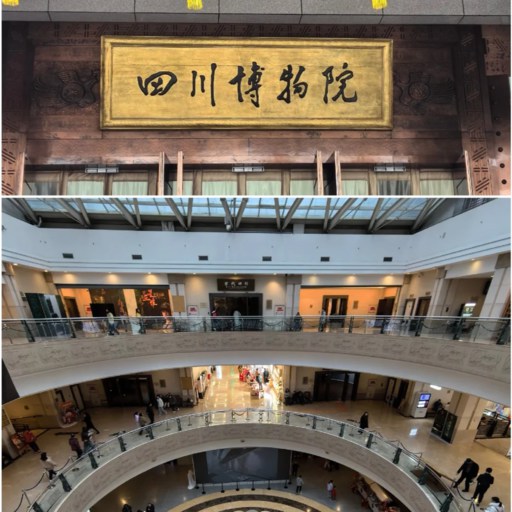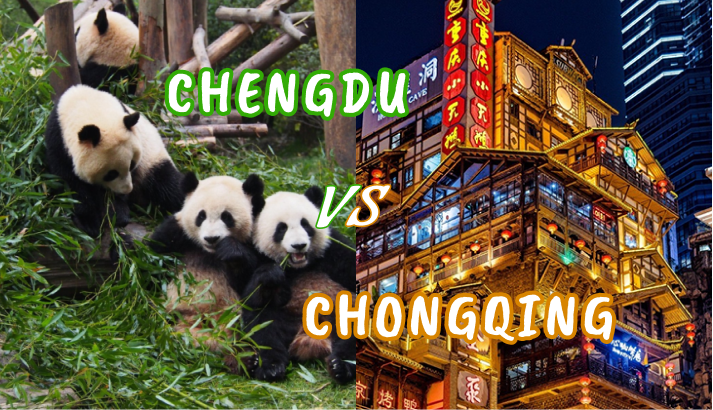
Chengdu vs Chongqing
For Chengdu vs Chongqing travel, the two Sichuan highlights cater to distinct travelers. Chengdu offers relaxed cultural experiences: giant pandas, cozy teahouses, and layered Sichuan flavors. Chongqing is for adventure and spice lovers, with its 3D vertical streets, iconic neon nights, and intense "ma la" hotpot. Torn between them? This guide helps you pick the right fit.
Just 2 hours apart by high-speed rail, the real choice comes down to who you are. Chengdu fits travelers who crave calm, culture, and comfort, while Chongqing thrills those chasing energy, spice, and skyline drama. In this Chengdu vs Chongqing travel blog, you’ll find direct comparisons of food, stays, weather, and transport—everything you need to choose your ideal match. So, which city sounds like your kind of adventure?
Quick Info: Chengdu vs Chongqing Core Comparison
| Dimension | Chengdu | Chongqing |
|---|---|---|
| Core Vibe | Relaxed, cultural, cozy | Energetic, adventurous, dramatic |
| Star Attraction | Giant Panda Breeding Base | Hongyadong (vertical cliffside complex) |
| Cultural Highlight | Wenshu Monastery (Buddhist heritage, tea gardens) | Eling Park (local life, river views at sunset) |
| Signature Food | Refined hotpot (qingyou oil, gradual spice); precise street food (dan dan noodles) | Intense hotpot (beef tallow, sharp ma la); bold street food (xiao mian, suan la fen) |
| Day Trip Pick | Mount Qingcheng (serene Taoist mountain, 1hr ride) | Wulong Karst (dramatic caves/bridges, 3hr ride) |
| Transport Feature | Flat terrain, English-friendly metro, shared bikes | 3D layout, crown escalator, river ferries; Baidu Maps recommended |
| Ideal Traveler | Families, culture seekers, comfort lovers, first-time Sichuan visitors | Photographers, spice enthusiasts, adventure seekers, nightlife lovers |
| Best Season | Spring (Mar-May) & Fall (Sep-Nov) for mild weather | Fall (Sep-Nov) for clear skies; Winter for foggy atmosphere |
Travel Showdown — Which City Attractions Fit Your Style?
Chengdu's Top Draw: Pandas vs Chongqing's Ace: Vertical Architecture
- Chengdu Research Base of Giant Panda Breeding
- Hongyadong
Chengdu Research Base of Giant Panda Breeding
Chengdu’s ultimate draw, the panda base sits 40 minutes from downtown and lets visitors see pandas up close in lush bamboo settings. Go early around 7:30 AM for active pandas before they nap. Tickets are ¥58 online, and the quieter red panda section often surprises visitors. Despite crowds, watching these rare animals is unforgettable.
Chongqing's Hongyadong
Hongyadong, an 11‑story wooden complex clinging to a cliff above the Jialing River, defines Chongqing’s skyline. Enter from the top and exit at river level—it’s part building, part maze. Come after 8 PM to see it glow like a lantern city from Qiansi Gate Bridge. Free to enter, but packed during holidays. Can’t get enough of Chongqing’s glowing skyline? Dive deeper with Chongqing Hongyadong: Cliffside Lights and River Views.
Winner depends on priorities: Chengdu wins for families and wildlife enthusiasts. Chongqing wins for architecture photographers and urban explorers.
Cultural Depth: Chengdu's Temples vs Chongqing's Working-Class Grit
- What are the must-see highlights of Wenshu Yuan Monastery
- Eling Park
Chengdu's Wenshu Monastery
Hidden in downtown Chengdu, this living monastery offers calm tea gardens and chanting monks under old trees—an authentic spiritual stop amid the city’s bustle. Free to enter, tea costs ¥30–50. Wondering where locals go to slow down with tea? It’s all at Explore Chengdu’s Wenshu Monastery: Where Buddhism Meets Tea and Timeless Serenity.
Chongqing's Eling Park
Set high above the city, Eling Park overlooks the Yangtze and Jialing rivers. Locals practice tai chi, play chess, and sip tea as the skyline glows at sunset. Entry is free, best visited near dusk.
Winner depends on interests: Chengdu delivers deeper traditional culture and religious heritage. Chongqing offers authentic working-class life and historical layers.
Day Trip Comparison: Mountains vs Karst Landscapes
- What Are the Main Attractions of Mount Qingcheng
- Wulong Karst
From Chengdu: Mount Qingcheng
A one-hour rail ride (¥18) and short bus take you to this misty Taoist mountain. It’s a serene day trip with forest trails, temples, and optional cable cars for tired legs. Expect calm vibes, light drizzle, and total costs around ¥120–180. Want to see where Taoism was born? Don’t miss Discover Mount Qingcheng: A Taoist Mountain and World Heritage Site Near Chengdu.
From Chongqing: Wulong Karst
Roughly three hours by bus or train, Wulong Karst amazes with giant caves and natural stone bridges seen in Transformers 4. The fog, cliffs, and scale feel otherworldly. Full-day tours cost ¥300–400 and suit nature lovers seeking raw adventure.
Winner depends on energy: Chengdu's mountains offer easier half-day escapes. Chongqing's karst landscapes reward those willing to invest a full day for dramatic natural wonders.
Hotpot Battle Breakdown: Chengdu vs Chongqing — Which One Deserves Your Bowl?
Every Chengdu vs Chongqing comparison inevitably debates hotpot. The standard explanation—"Chengdu uses butter, Chongqing uses oil"—misses why this matters to your actual eating experience.
The Practical Verdict
| City | Ideal For | Flavor Profile | Spice Level | Atmosphere |
|---|---|---|---|---|
| Chengdu Hotpot | Those who want to enjoy Sichuan flavors without stomach pain or extreme heat. | Aromatic broth with layered spice that builds slowly. | Moderate — comfortable for most palates. | Social, refined, great for photos and long talks. |
| Chongqing Hotpot | Travelers who crave authentic “ma la” intensity and thrill-seekers. | Beef‑tallow base with numbing peppercorn burn. | Very high — a true test of endurance. | Bold, energetic, great bragging rights (antacids recommended). |
Can't choose? Try both. The 2-hour train makes this feasible, and experiencing both styles clarifies why locals argue so passionately.
Chengdu Hotpot: The Refined Approach
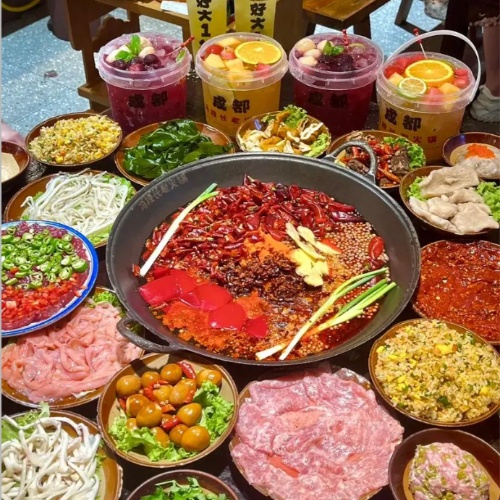
Chengdu Clear Oil Hot Pot
Honestly, Chengdu evolved its hotpot toward sophistication. The defining element is qingyou (clear rapeseed oil) creating lighter, aromatic broth that lets you taste individual ingredients—quality beef, fresh vegetables, handmade noodles. Spice builds gradually over 30-40 minutes. You'll sweat, yes, but your tongue maintains sensation. You can still converse, taste nuance, enjoy a leisurely two-hour meal. The experience leans social: hotpot as extended dinner party with friends.
Price range:
- Budget: ¥50-70 per person (neighborhood spots)
- Mid-range: ¥100-150 per person (branded chains like Xiaolongkan with ambiance)
- Premium: ¥200+ per person (Instagram-worthy venues, premium ingredients)
Chongqing Hotpot: The Aggressive Statement
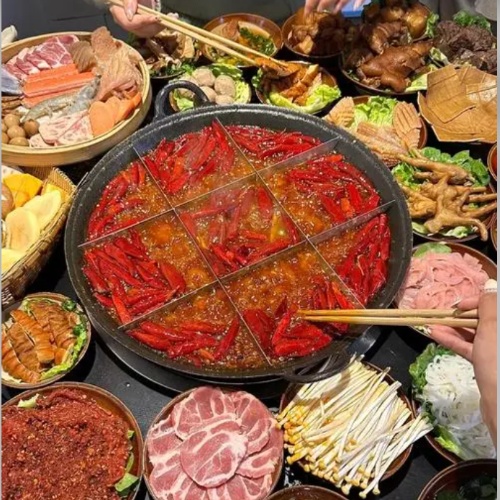
Chongqing Nine-Grid Hot Pot
And Chongqing's niuyou (beef tallow) hotpot announces itself immediately. The first bite coats your mouth in rich fat that traps Sichuan peppercorn's numbing effect ("ma") and chili oil's burning heat ("la"). This is famous "ma la" turned to maximum intensity. After 20 minutes, first-timers need breaks. After 40 minutes, you've crossed into endorphin-rush territory where pain transforms into pleasure—or you've admitted defeat.
Price range:
- Budget: ¥50-80 per person (bigger portions, less atmosphere)
- Mid-range: ¥100-150 per person (still focused on spice over interior design)
- Premium: ¥200+ per person (premium ingredients, but intensity remains)
Winner depends on taste tolerance: Chengdu wins for diners who love flavor depth and long conversations. Chongqing wins for thrill‑seekers chasing full‑heat authenticity.
Street Food Face-Off — Which City Feeds You Better for Less?
Beyond hotpot, daily eating reveals each city's food personality through dozens of small transactions.
Chengdu Street Food: Precision and Variety
- Zhong Dumplings
- Rabbit Head
Chengdu treats street food like affordable art. Dan dan noodles at random Kuixing Lou Street shops arrive with precisely arranged toppings, sesame paste whisked to exact consistency, chili oil infused for three days. Cost: ¥12-15. Even cheap eats receive craft attention.
Must-try Chengdu specialties:
- Zhong Dumplings (钟水饺): Sweet-spicy sauce that defies expectations, ¥15-20
- Rabbit Head (兔头): Less intimidating than it sounds—locals crack them like sunflower seeds, ¥8-12
- Long Chaoshou (龙抄手): Wontons in chili oil defining Chengdu breakfast, ¥10-15
- Dan Dan Noodles: The original version, ¥12-18
Average meal cost: ¥30-50 per person for satisfying street food meal
Best areas: Kuixing Lou Street, Jianshe Road, streets around Wenshu Temple
Chongqing Street Food: Worker Fuel with Punch
- Chongqing Xiao Mian
- Suan La Fen
Chongqing's street food carries dock-worker DNA—food designed for physical labor in brutal humidity. Everything comes with intense flavors to cut through sweat and fatigue.
Must-try Chongqing specialties:
- Xiao Mian (小面): Alkaline noodles heavy on chili oil, eaten standing, ¥8-12
- Shao Kao (烧烤): Grilled skewers at plastic sidewalk tables, everything better with cumin, ¥2-5 per stick
- Suan La Fen (酸辣粉): Sweet potato noodles in sour-spicy soup that clears sinuses instantly, ¥10-15
- Grilled Fish (烤鱼): Whole fish in spicy broth, ¥60-100 (perfect for sharing)
Average meal cost: ¥20-40 per person for satisfying street food meal
Best areas: Jiefangbei back alleys, Ciqikou Ancient Town, Daping
Where Locals Actually Eat (Not Tourist Traps)
In Chengdu:
- Mingting Fanjiang: No English signage, locals lined up for spicy chicken. Wuhou District near Yipin Tianxia. Cash only, arrive before 6:30 PM or wait 30+ minutes.
- He Ming Lu Street: Entire street of hotpot places where locals defend their favorite spot religiously. Ask your hotel which one they eat at.
In Chongqing:
- Lin Jiangmen Cai Yuan Ba: River-facing location, zero English menu, worth the struggle. Yuzhong District near Chaotianmen dock.
- Luo's Small Noodles (胖子妈盐水鸭): Chongqing noodles done right. Original location on Zhongshan 4th Road. ¥10-12 for noodles that define the city.
Universal rule: If the restaurant displays a prominent English menu, locals probably don't eat there regularly.
Winner depends on appetite: Chengdu wins for variety and refinement. Chongqing wins for intensity and late-night satisfaction.
Stay Smarter Showdown: Chengdu vs Chongqing — Which City Offers Better Sleep and Value?
Location matters more than hotel amenities in both cities, but for different reasons.
Budget Stays (Under ¥200/night): Metro Access is Everything
Chengdu budget winners:
- Lazy Bones Hostel: Near Kuanzhai Alley, Metro Line 2. English-speaking staff, clean facilities, solid breakfast. Dorms ¥60-80, private rooms ¥180. Strong social vibe for solo travelers.
- Traffic Inn: Basic but clean, near Tianfu Square metro hub. Zero English, but reception uses translation apps successfully. ¥150-180.
Chongqing budget winners:
- Chongqing Yueyue Hotel: Jiefangbei area, walking distance to major sights. Tiny rooms but functional. ¥160-190.
- Mountain City Youth Hostel: Good common areas for meeting travelers. Dorms ¥70-90, private rooms ¥170-200.
Budget comparison: Chengdu's flat geography means "near metro" solves most transit needs. Chongqing's hills mean "walking distance" claims require verification—some "5-minute walks" involve 200+ stairs.
Booking Strategy: When Prices Fluctuate Most
Both cities see significant price swings based on timing:
- Weekends: 30-40% premium, especially in mid-range tier
- Chinese holidays: 50-100% increases, book 2+ months ahead
- Off-season (Dec-Feb): 20-40% discounts, except Spring Festival week
- Platform differences: Check Chinese apps (Ctrip, Meituan) against international platforms—prices often differ by 15-30%
Winner depends on travel style: Chengdu wins for ease, flat terrain, and better English-friendly stays. Chongqing wins for views, nightlife proximity, and adventure seekers who don’t mind stairs.
Transport Face-Off — Which City Moves You Easier?
Chengdu Transit
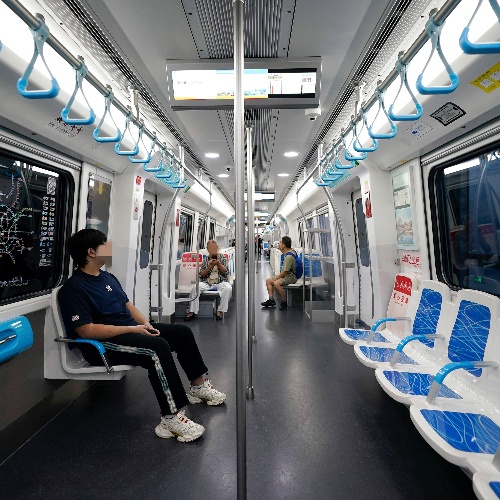
Chengdu's Metro
The Chengdu's metro is clean, efficient, tourist-friendly. Network covers all major attractions except panda base (though metro + short taxi works). Signs include English. Trains run 6:30 AM-11 PM.
Metro tips: Get stored-value card if staying multiple days. Line 1 connects train station to city center. Line 3 reaches panda base with taxi connection. Avoid peak hours (8-9 AM, 5-7 PM).
Bikes: Shared bikes (Meituan, Hellobike) blanket the city. ¥1-2 per 30 minutes. Flat terrain makes Chengdu ideal for cycling.
Conquering Chongqing's 3D Puzzle
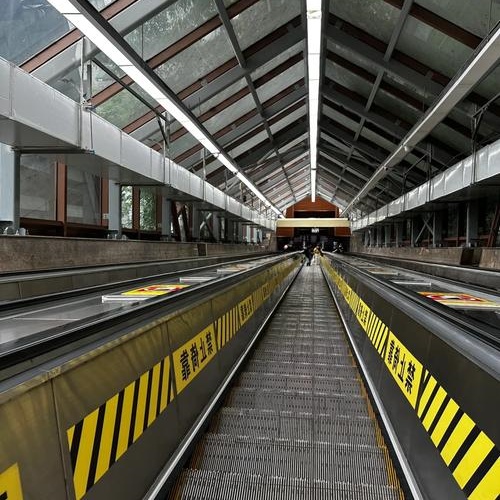
Crown Escalator
Chongqing's metro is functional but won't solve all needs due to vertical geography. You might exit metro and face 15-minute uphill walk to destination.
Metro quirks: Line 2 most tourist-relevant but most crowded.Liziba Station (train through building) creates tourist congestion.Transfer stations involve significant walking through malls or underground passages.
Special transport: Crown Escalator: World's longest outdoor escalator. ¥2 one-way. Locals use daily. River ferries: ¥2-5 depending on route. Functional transport doubling as budget river cruise.
Why Google Maps fails: Doesn't understand vertical separation. Baidu Maps works better but requires Chinese.
Walking reality: Chongqing forces more walking than expected. Stairs aren't optional. Mobility issues? This city challenges constantly.
City-to-City Connections between Chengdu and Chongqing
High-Speed Rail: The default choice. Trains run every 30-60 minutes, taking 2 hours between Chengdu East and Chongqing West stations.
Prices: ¥154 (second class), ¥247 (first class). Book through 12306 app or Trip.com.
Critical: Both cities have multiple stations. Chengdu has three (East, South, North). Chongqing has four (West, North, Shapingba, Chongqing Station). Verify which station your ticket specifies—going to wrong station is common and expensive.
Pro tip: First morning trains (7-8 AM) and evening trains after 6 PM usually have better availability.
Winner depends on mobility: Chengdu wins for ease, flat terrain, and English-friendly metro. Chongqing wins for thrill-seekers who love layered cityscapes and don’t mind the climb.
Season Smackdown — When’s the Best Time for Your Trip?
Both cities suffer from the same geographical curse: they're in the Sichuan Basin, which traps humidity and creates persistently cloudy conditions.
Spring (March–May): Best for Both Cities
Mild and colorful, spring brings Chengdu’s flowers to life and Chongqing’s haze to retreat. Chengdu hovers around 15–25 °C with light rain and blooming parks, perfect for panda visits and teahouse afternoons. Chongqing stays warmer at 18–28 °C with clearer skies for river photography. Overall, both cities shine now—expect fewer crowds and fresh air.
Summer (June–August): Better Skip, Slight Edge Chengdu
Sichuan summers are sauna‑like. Chengdu hits 30–35 °C and sticky humidity; Chongqing climbs to 40 °C and feels heavier in its concrete canyons. Locals escape to nearby mountains. If you must go, Chengdu’s flatter streets and shaded parks make heat slightly easier to handle.
Fall (September–November): Peak Season for Both
Autumn balances warmth and clarity. Chengdu averages 18–25 °C with its clearest skies, lively festivals, and active pandas. Chongqing’s 20–28 °C range is ideal for hillside walks and golden‑hour skyline shots. It’s the most photogenic time for both—book early.
Winter (December–February): Ideal for Food Lovers, Slight Edge Chengdu
Cold but rarely freezing, Chengdu (5–15 °C) feels damp yet cozy; steaming hotpot and rare snow make it charming. Chongqing (8–15 °C) grows foggier and moodier—great atmosphere, tricky photos. Budget travelers and hotpot fans will love this off‑season.
Fog factor: Both cities see only 1,000–1,200 sunshine hours yearly, so grey skies are standard. Treat any sunny day as a small blessing.
Winner depends on timing: Chengdu wins for mild comfort and steady weather year-round. Chongqing wins for dramatic foggy views and atmospheric photography in cooler months.
Travel Smarts & Safety Hacks: Chengdu vs Chongqing Travel Tips That Save You Headaches
Common Scams to Avoid
Tea ceremony scam: Young women approach foreigners, practice English, invite to "traditional tea ceremony." Bill: ¥800-2000. Walk away from unsolicited "let's practice English" near Jinli, Wide Alley, Hongyadong.
Massage price switching: ¥58 advertised becomes ¥280 after "add-ons." Confirm total price in writing before starting.
Panda photo costumes: Outside panda base, people in costumes demand ¥100 per photo. Official photos inside cheaper and better.
Money-Saving Strategies
Eat breakfast like locals: Street vendors near metros sell baozi, soy milk, youtiao for ¥8-12 total. More authentic, fresher, fraction of hotel cost.
Buy metro cards: Stored-value cards offer small discounts. Break-even: 6+ rides.
Use Chinese booking apps: Ctrip, Meituan offer 15-30% lower prices than Western platforms.
Share food wisely: Restaurant portions designed for sharing. Three people, four dishes works better than individual orders.
FAQs — Chengdu vs Chongqing Travel Questions Answered
Q: Chengdu vs Chongqing travel, which is better to visit?
It depends on your vibe. Chengdu feels slow, cozy, and cultural—with pandas, tea houses, and great day trips to Mount Qingcheng. Chongqing hits harder: neon nights, spicy chaos, and views that feel ripped from a sci-fi movie. Many travelers say Chengdu suits long stays, while Chongqing delivers a quick adrenaline rush. If time allows, the high-speed train (2 hours) makes doing both easy.
Q: Should I fly to which one first, Chongqing vs Chengdu travel?
For most international travelers, Chengdu’s Tianfu Airport offers more direct flights and English-friendly facilities. Starting there helps you ease into southwest China. Then, take the fast train to Chongqing. However, if you’re chasing hotpot and nightlife, Chongqing first sets a fiery tone for your trip. The sequence depends on whether you prefer to start chill or end wild.
Q: Is Chengdu worth visiting for tourists?
Absolutely. Chengdu balances urban comfort and traditional charm. It’s one of China’s safest and most walkable big cities. Between pandas, local snacks, and hidden temples, you can fill three relaxed days easily. Foreign visitors often appreciate the English signage and friendly locals—it’s an ideal intro to Sichuan before tackling Chongqing’s intensity.
Q: Is Chongqing worth visiting for tourists?
Yes, especially if you love big-city drama. The skyline alone makes it unique in China—bridges, layers, fog, and river lights that feel almost cinematic. Street food is cheaper and spicier than Chengdu’s, and the geography itself is an attraction. Just pack good shoes—expect stairs, tunnels, and steep climbs everywhere.
Q: Chengdu vs Chongqing travel food: which wins?
Hard call. Chengdu focuses on balance—aromas, textures, and layered spice. Chongqing goes for impact: beef tallow heat and peppercorn numbness. Locals argue endlessly, but visitors often prefer Chengdu for comfort and Chongqing for shock value. Truth is, both define Sichuan cuisine’s dual personality—you’ll remember each for different reasons.
Q: Chengdu vs Chongqing travel nightlife: which city stays up later?
Chongqing, hands down. Bars spill over cliffs, jazz clubs echo across the river, and Hongyadong glows until dawn. Chengdu is calmer—think rooftop cocktails, craft beer near Taikoo Li, and mahjong till midnight. If nightlife drives your itinerary, go Chongqing. If you want conversation over chaos, Chengdu wins your evenings.
